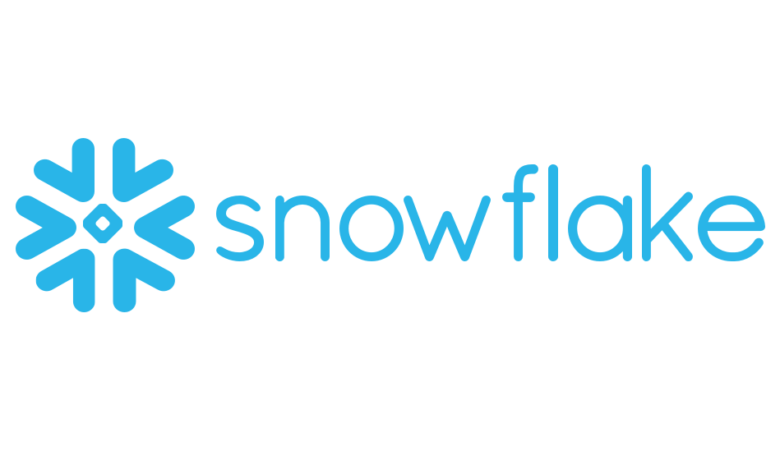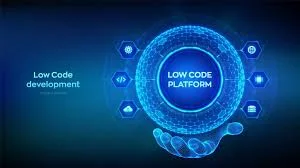How to Sync Snowflake Data: The Beginner’

Are you wanting to sync data from Snowflake to varying platforms across your company? That is a smart decision.
Read on to discover how you can get started.
Table of Contents
Snowflake: What It Is and Why It’s So Important
If your company uses or is thinking about using Snowflake, you probably are well aware of it and how great it can be for you. However, in case you don’t have the whole picture yet. Here it is.
Snowflake is a central cloud database for your company to store all its data. This allows you to bypass operational boundaries and run data-intensive applications without worrying about data silos.
ETL
You may ask, how does the data get into Snowflake? Do my employees have to manually upload it? These are great questions, and the answer is ETL. ETL is an acronym for extract, transform, and load. And it does just that. It is a pipeline that takes all of your data from varying departments and their software and uploads it to Snowflake. So you don’t have to worry about it.
Software Needs Data
You are probably well aware that all of your departments have at least one software program that they rely heavily upon. These different platforms often rely on data, causing your departments to constantly ask your data analysts for data files, possibly even on a daily basis. Take CRMs, for example.
Customer Relationship Platforms – CRM
Customer relationship management platforms like HubSpot are incredible tools for data-driven decision-making on how you interact with your customers. The only issue is that it requires lots of data to function at its max capacity. If you aren’t familiar with how to sync data from databases like Snowflake. You will either be stuck manually uploading all of your data to CRM, or you just won’t get the most use out of it as you can.
So, how do you get your data from Snowflake to HubSpot? You sync your data!
How to Sync Your Snowflake Data
We are finally getting to the good stuff. Syncing your central database to other platforms like HubSpot is easier than you may think. Remember ETL from earlier? Well, instead of using an ETL. You need a reverse ETL.
Reverse ETL
A reverser ETL is simply the opposite of ETL. It’s essentially a different pipeline for your data to flow through. Instead of it flowing from multiple platforms into a central database. Your data will flow from your central database (Snowflake) to multiple platforms (HubSpot). So, you can make the most out of any CRM without worrying about uploading file after file of data.
Streamline Workflow
Integrating a reverse ETL will have a huge domino effect of efficiency throughout the company. Instead of answering data asks all day long, your data analysts can spend their time on much more productive things. The same goes for all of your departments. Instead of worrying about what data they need and putting in requests for it. They can spend their time running the software and making data-driven decisions.
How to Integrate a Reverse ETL
So, now that you know that syncing your Snowflake data to multiple platforms is as easy as integrating a reverse ETL. You are probably wondering how in the world you get started with one. Again, this can be much easier than you might think. There is essentially a difficult way to do it and an easy way. You can either buy or build.
Buy
Outsourcing a reverse ETL is, by far, the easiest and most efficient way to do it. All you have to do is contact a company that takes care of your data and handles its operation better than any other. If you go this route, you can have a reverse ETL integrated into your business within a day. For some, it could even take minutes to fully integrate. It truly is a no-brainer. Especially if you already have Snowflake.
Build In-House
Your other option is to build it in-house. If you are a large company with seemingly endless resources. While not recommended, it is possible to build and keep a reverse ETL. Your software engineers will have to spend a very long time developing it and contacting your different platforms. Depending on what software you use and how many different types you have. It could take a long time for your engineers to set up a reverse ETL that seamlessly integrates with each one.
Once your reverse ETL is up and running. It will require a team to constantly monitor its communication with other platforms to ensure seamless data syncing. So, if you have software engineers to spare, this is a route you can go.
Sync Your Data Today
Now you know all there is to know about syncing your Snowflake data to other platforms. You can get started today! Simply outsource a reverse ETL and enjoy.




